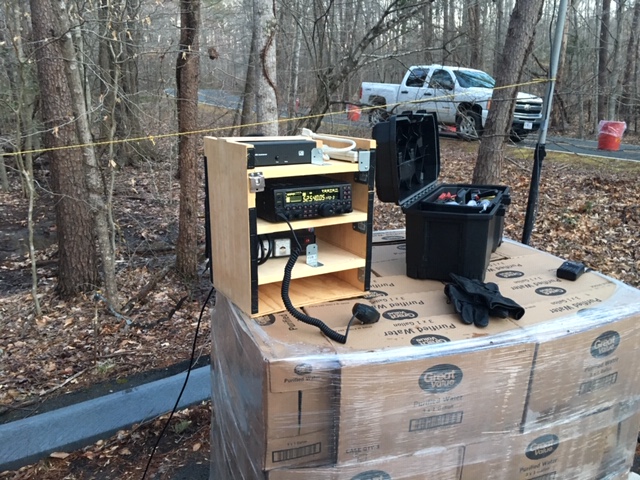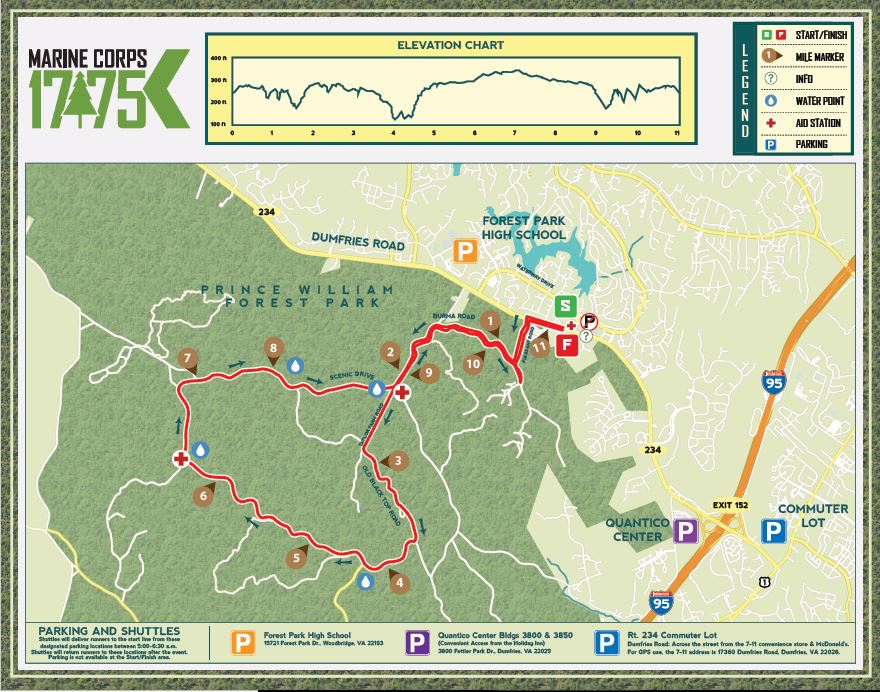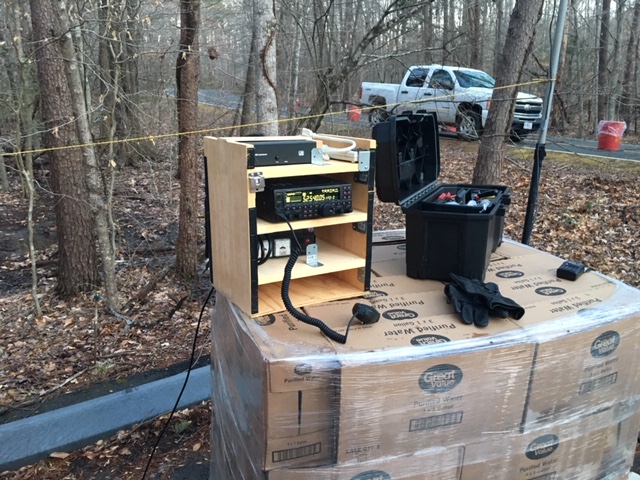Back in 2010, the ARRL announced the official vest we are supposed to wear:
ARES members, while activated, deployed, in community service activities or otherwise on duty shall wear over their normal apparel, at minimum, a florescent green ANSI Class 2 reflective, 100% polyester vest. The vest shall be decorated in the following manner:
On the Back:
In minimum 2” lettering, Arial Black font, black in color, imprinted above the horizontal reflective tape:
AMATEUR RADIO
EMERGENCY
COMMUNICATIONSThose in a leadership position may add their title (SEC, DIRECTOR, EC, PIO, etc) below the words “Emergency Communications” in not less than 3″ tall font, black. (Under the lower reflective stripe). Local jurisdictions may elect to add their organization name above the words “Amateur Radio” with no larger than 1″ Arial Black lettering, color black.
On the Front:
On the Left Chest, the ARES logo, minimum 3.5 inch diameter, black in color, negative background. The Right Chest shall remain blank so as to allow wearer to affix their ARES or ARRL name badge.
Vests may have zip or Velcro type front closures. Members may choose vests with or without pockets, at their own discretion. Other apparel, such as short and long sleeve tee shirts, jackets and coats are approved for member use as long as the garments meet the same color, ANSI Class 2, lettering and decoration standard. A waiver of this standard may be given by an SEC for specific purposes with good cause.
Florescent green is the same as fluorescent yellow, which is what most vendors call it. It is not the same as fluorescent orange, which is what hunters generally wear.
The League sells a mesh vest, but the quality is questionable if you expect to use them frequently. They also have a solid vest, which is a bit more solid, but I think those of us that have used them find they are not a lot better, especially for multiple deployments (I have gone through several vests in a year). They also lack pockets or MOLLE attachments, which several have found to be a disadvantage.
Andy, KJ4MTP, Tom, W4PIO, and I have moved to a sturdier surveyor’s style vest. I can report that it has survived a couple of washings already, which is more than the League’s vests did. The problem with the non-league supplied gear is having to be handy with a needle and thread, or know someone who is, and pick up the associated panels. (Links below)
CopQuest (link below) has a panel that is 11″ by 4″ where you can get either combination:


The bigger letters are 2″ while the smaller letters are only 1″, so while it does not meet the letter of the requirement, it certainly meets the spirit and, it is reflective, unlike the League’s offering, which is matte black. Only the tape around the vest is reflective. If you do enough outside nighttime events, you will appreciate the additional ability to glow in the dark.
I generally wear the former with the larger Amateur Radio so as not to be confused as part of the Emergency Service.

Similarly, most of us use our fabric badge instead of having the ARRL ARES logo imprinted on the vest. You can quickly sew a small strip of velcro on the back (or use the pre-adhesive version) and stick it to one of the velcro mounting points on the vest. The downside to the pre-adhesive version is our summer weather. Over time the glue begins to deteriorate. I have looked at morale-styled badges (with hook velcro all over the back) but there is an increased cost. Until we run out of the current badges, we will continue to use these. If you are new to the Cadre, you are entitled to one badge. If you need to get more, please visit our swag link to order one.
If you have any questions, please feel free to drop me a note.
Weblinks
- David’s Vest: https://www.fullsource.com/radians-sv55-2zgd/
- Tom Vest: https://www.police-supplies.co.uk/protec-medvest8
- Andy’s Vest: https://www.police-supplies.co.uk/carriage-systems/modular-tac-vests/Protec-velcro-modular-vest
- Badges: https://www.police-supplies.co.uk/tactical-clothing-and-footwear/badges/custom-velcro-badges
- Badges: https://www.copquest.com



